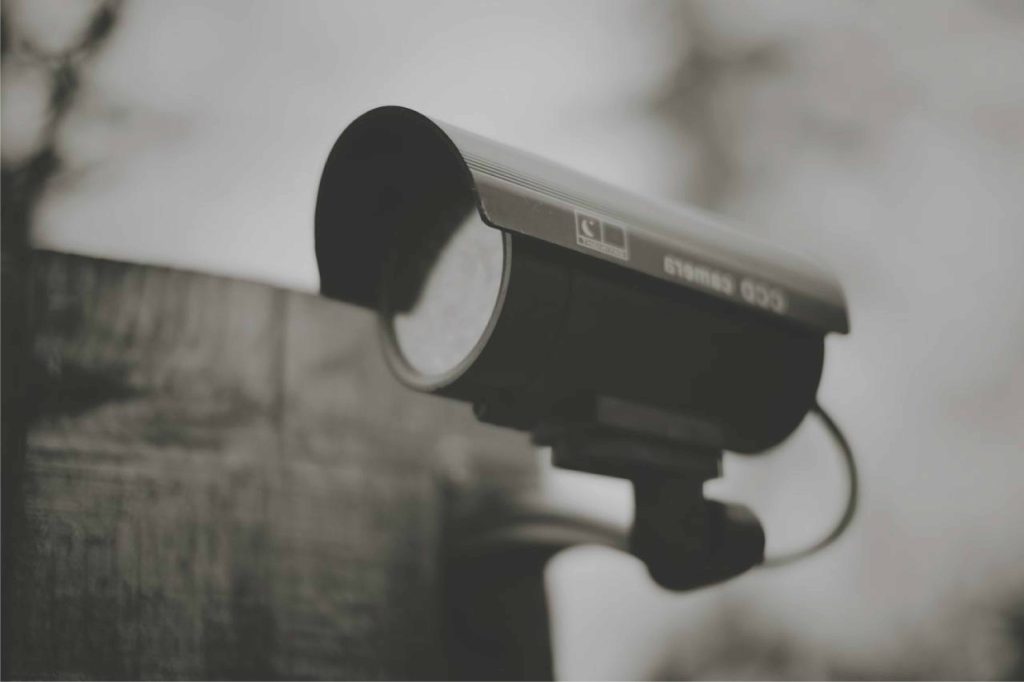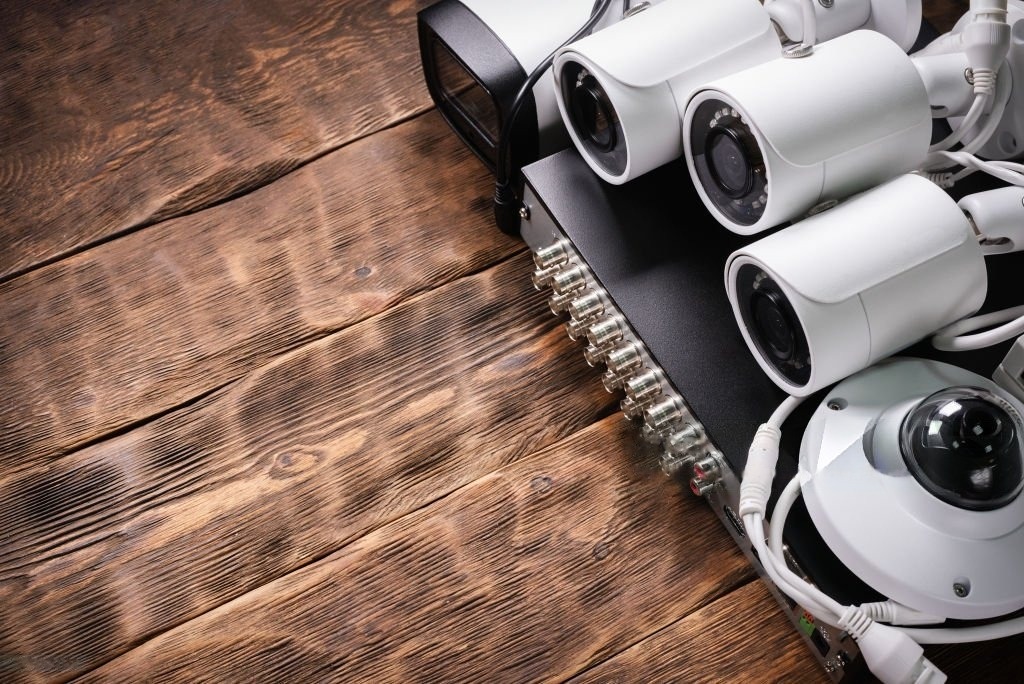CCTV SYSTEM
Identification
A CCTV(Closed-Circuit Television) Camera System is a setup used for surveillance and security,Here's a breakdown of it's main components:
- Cameras.
- Monitors.
- Recording Device.
- Cables and Connectors.
- Power Supply.
- Software


How It Works:
- Video Capture: Cameras capture video footage of the area they are monitoring.
- Transmission: The footage is transmitted to the recording device. In analog systems, this is done via coaxial cables; in IP systems, it’s done over a network.
- Recording: The footage is recorded and stored on the DVR or NVR.
- Monitoring: The footage can be viewed live on monitors or accessed later for review.
- Remote Access: Many modern systems allow you to access the footage remotely via a smartphone or computer.
Uses
- Security: Monitoring unauthorized access or suspicious activity..
- Surveillance: Keeping an eye on public spaces, businesses, or private properties.
- Safety: Ensuring the safety of people in various environments, like schools or hospitals.


Types of CCTV Systems
- Analog Systems :Use traditional cameras and DVRs.
- IP Systems :Use digital cameras and NVRs, offering higher resolution and more features like remote access and video analytics
Benefits
CCTV systems offer numerous benefits, making them a valuable tool for security and surveillance. Here are some key advantages:
- Crime Deterrence
- Visible Presence: The presence of cameras can deter potential criminals from engaging in illegal activities.
- Reduced Vandalism: Public and private properties are less likely to be vandalized when under surveillance
- Enhanced Security
- 24/7 Monitoring: Continuous surveillance ensures that any suspicious activity is recorded.
- Remote Access: Modern systems allow you to monitor your property from anywhere using a smartphone or computer.
- Evidence Collection
- Recorded Footage: In the event of a crime, recorded footage can provide crucial evidence for investigations and legal proceedings.
- Accurate Records: Helps in documenting incidents accurately, which can be useful for insurance claims.
- Improved Safety
- Monitoring High-Risk Areas: Ensures the safety of employees, customers, and residents in areas prone to accidents or crimes.
- Emergency Response: Quick identification of emergencies like fires or medical incidents allows for faster response times.
- Operational Efficiency
- Employee Monitoring: Helps in monitoring employee behavior and productivity in workplaces.
- Process Control: In industrial settings, CCTV can be used to monitor processes and ensure they are running smoothly.
- Cost-Effective
- Reduced Need for Physical Security: Lowers the need for hiring additional security personnel.
- Long-Term Savings: Preventing theft, vandalism, and other crimes can save money in the long run.
- Peace of Mind
- Sense of Security: Knowing that your property is under surveillance can provide peace of mind to homeowners and business owners alike.

